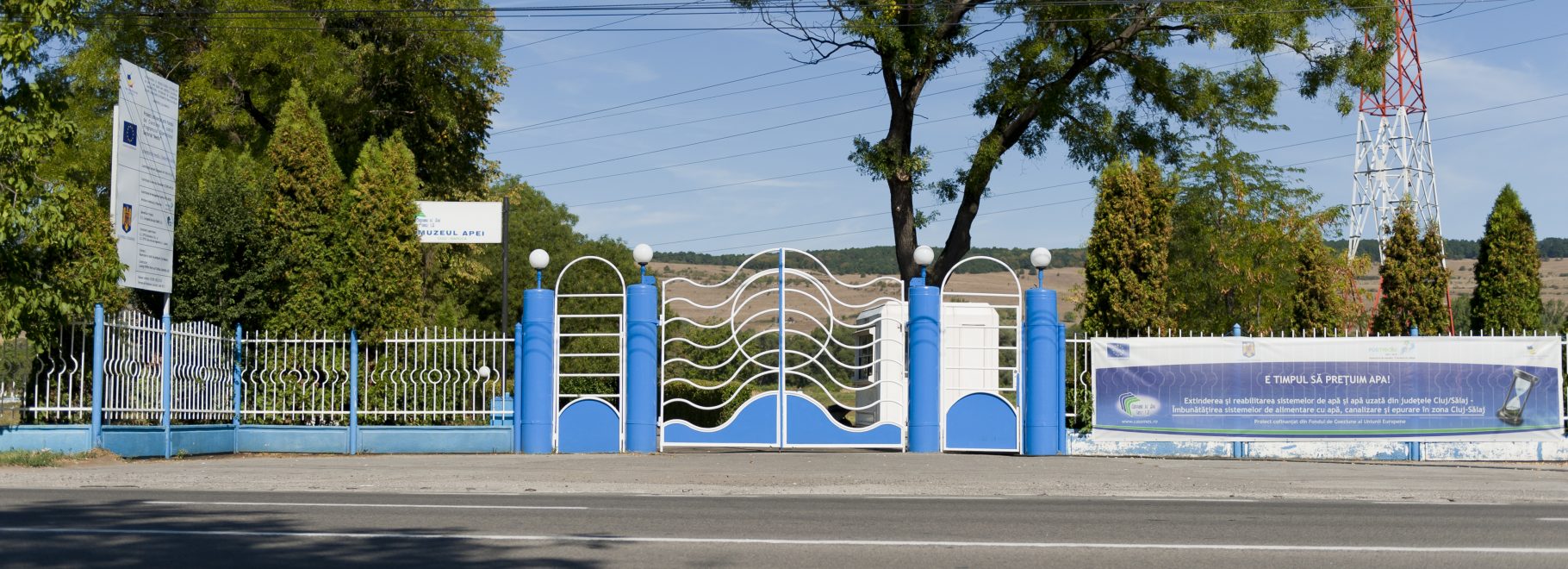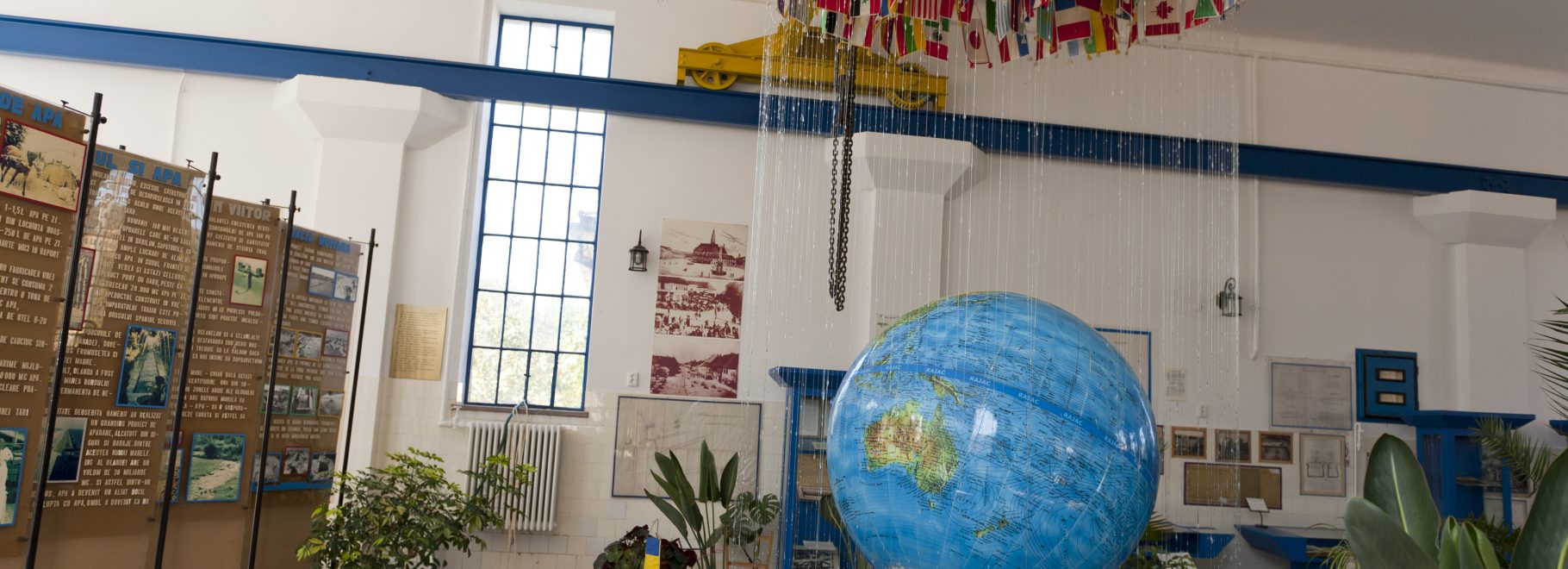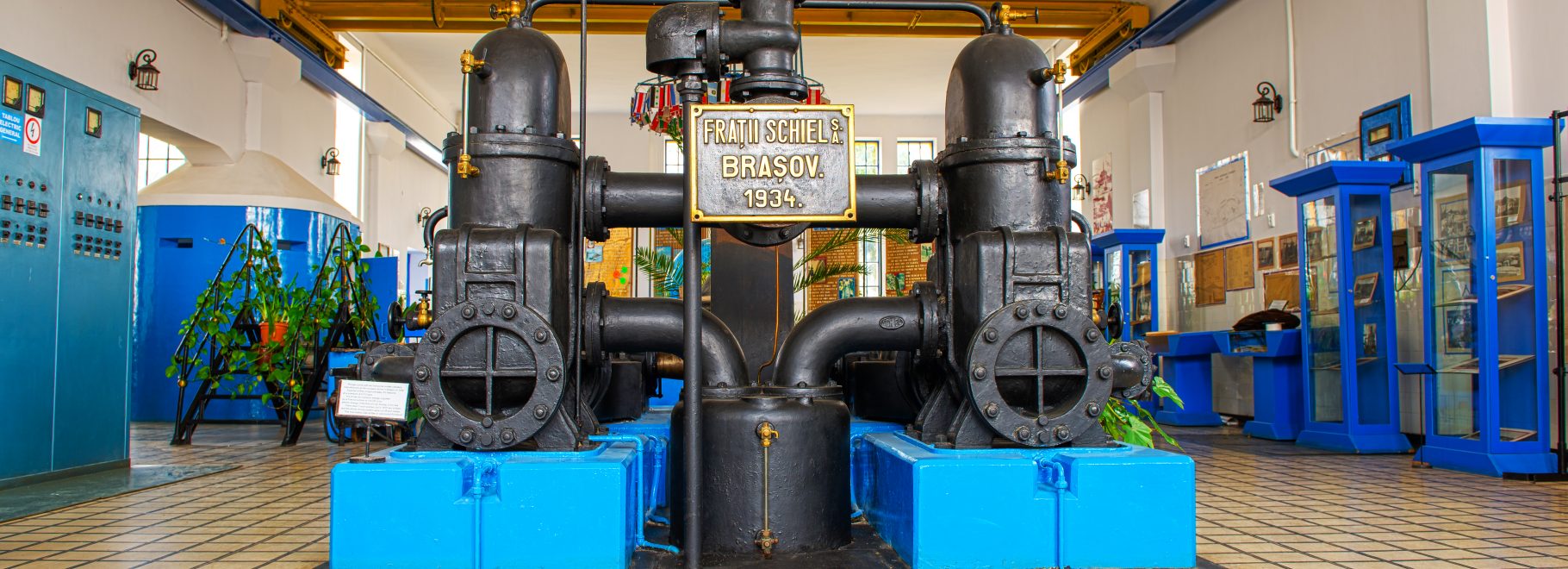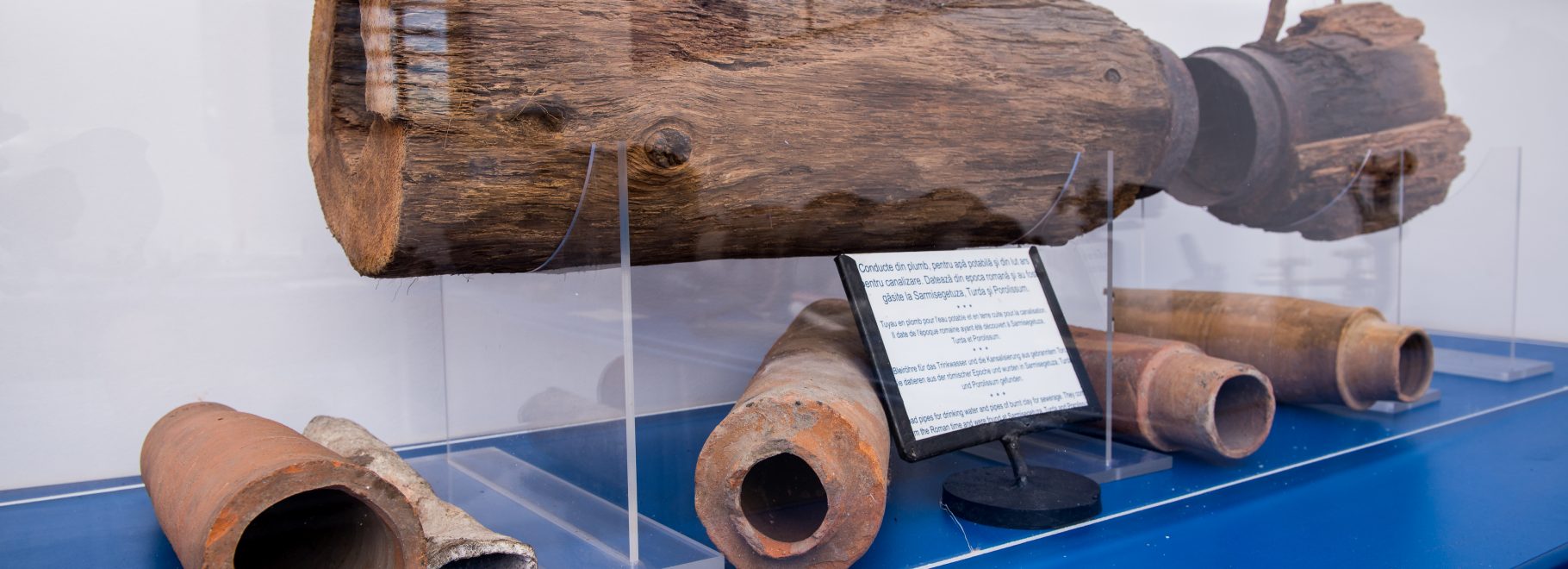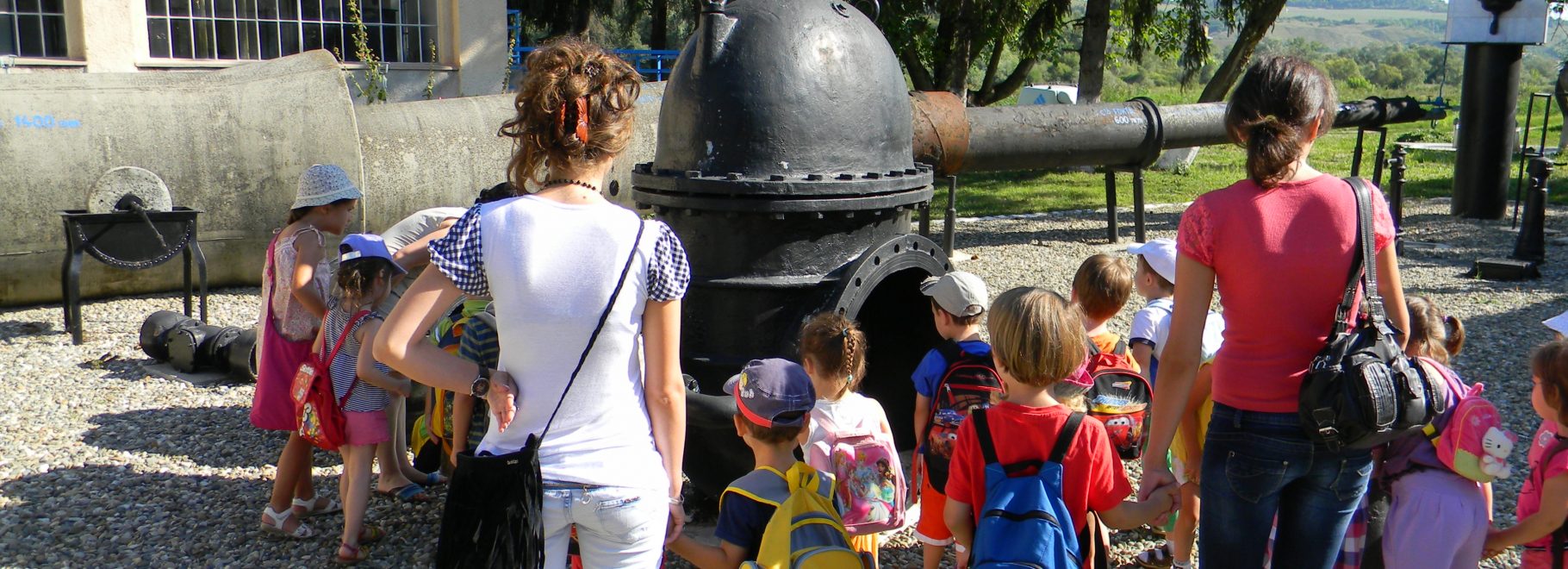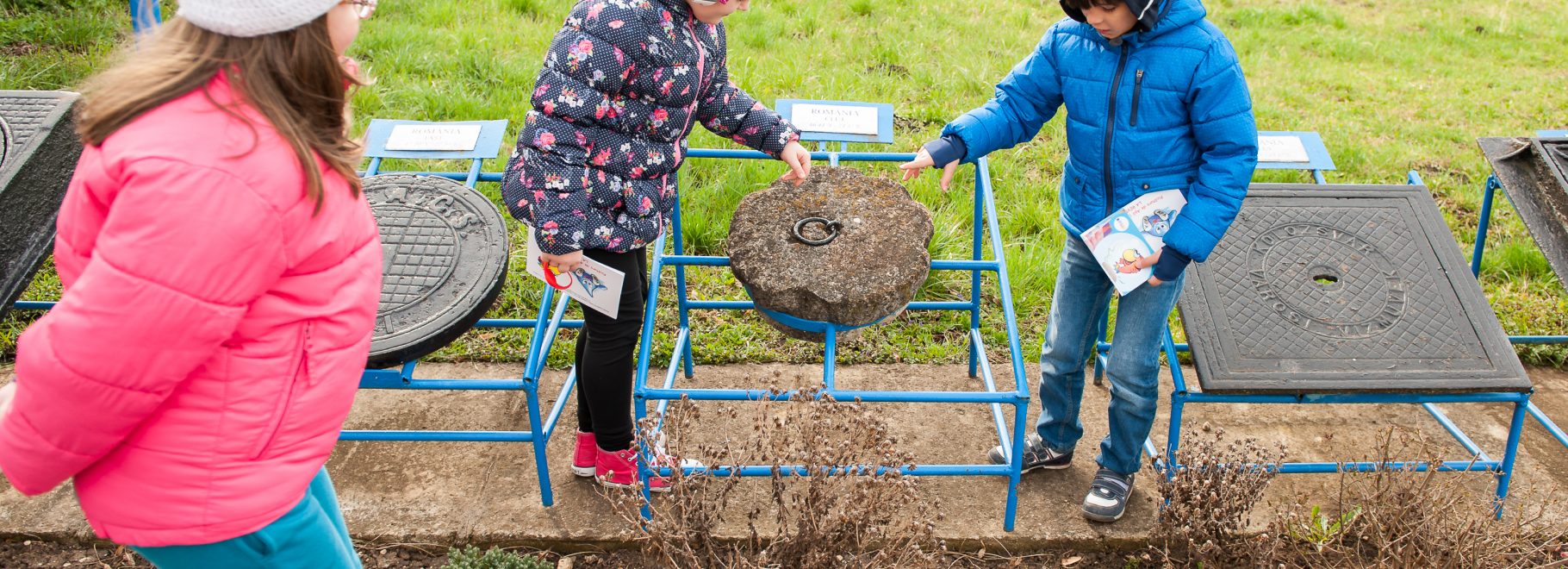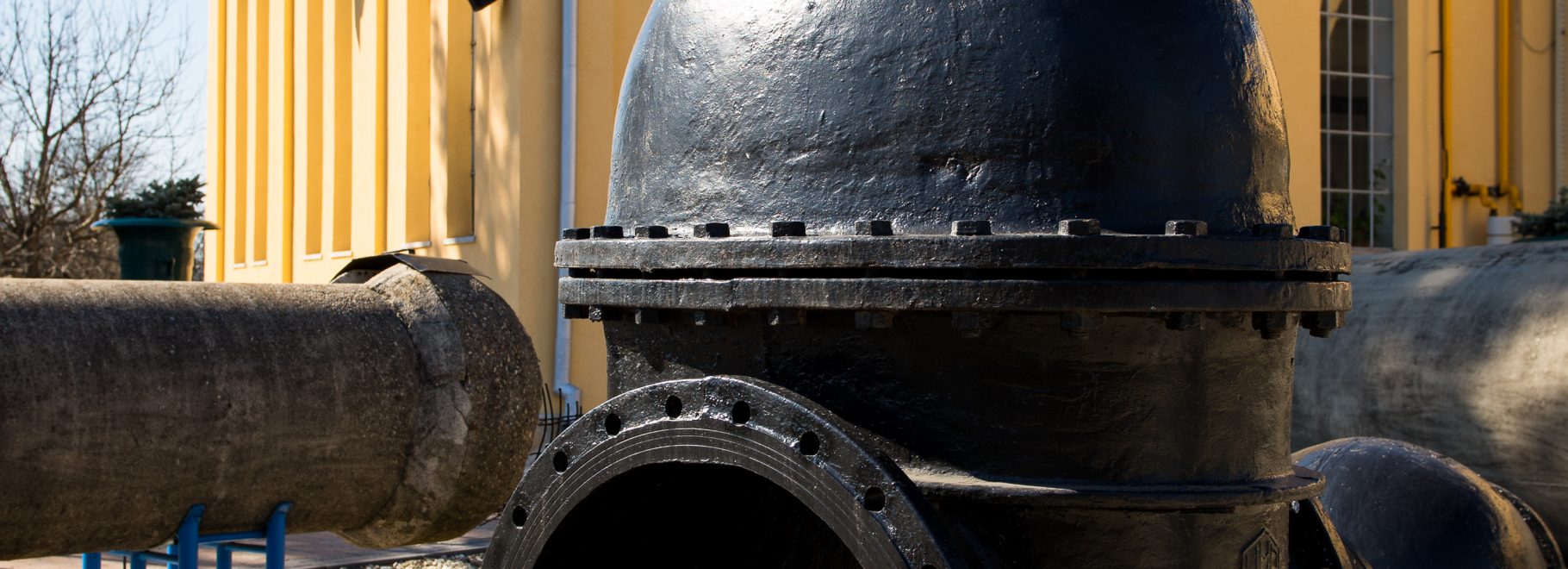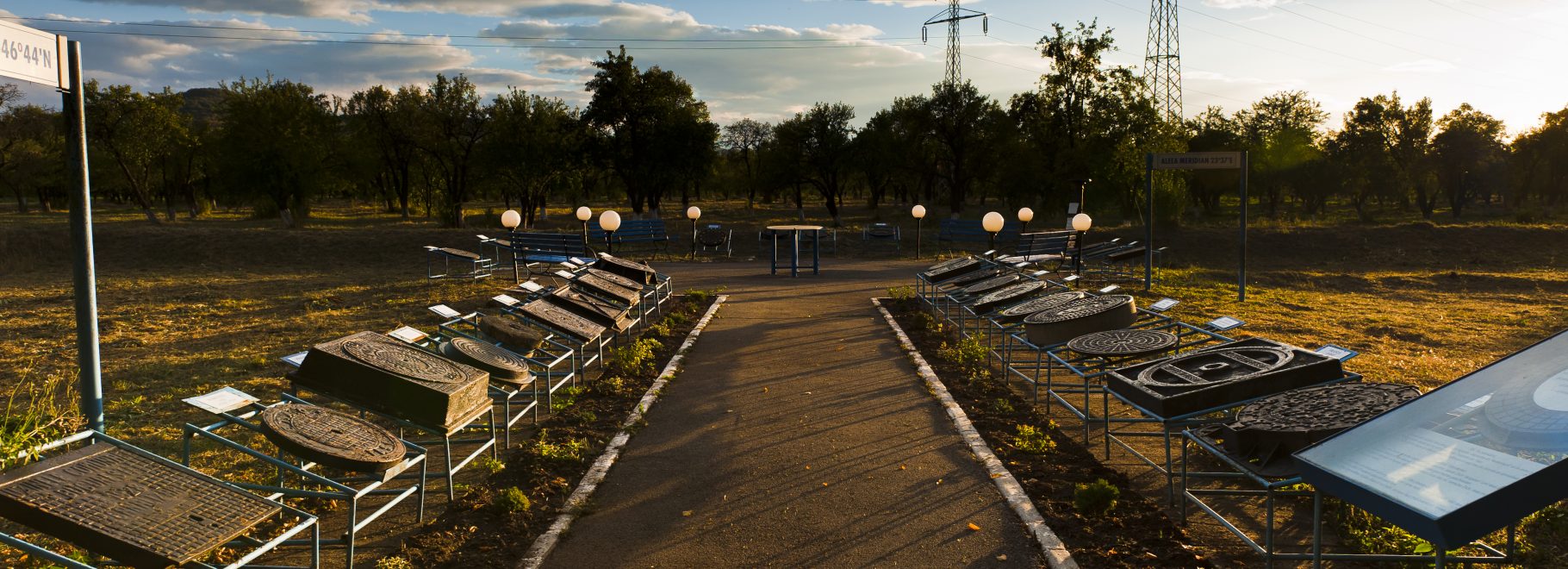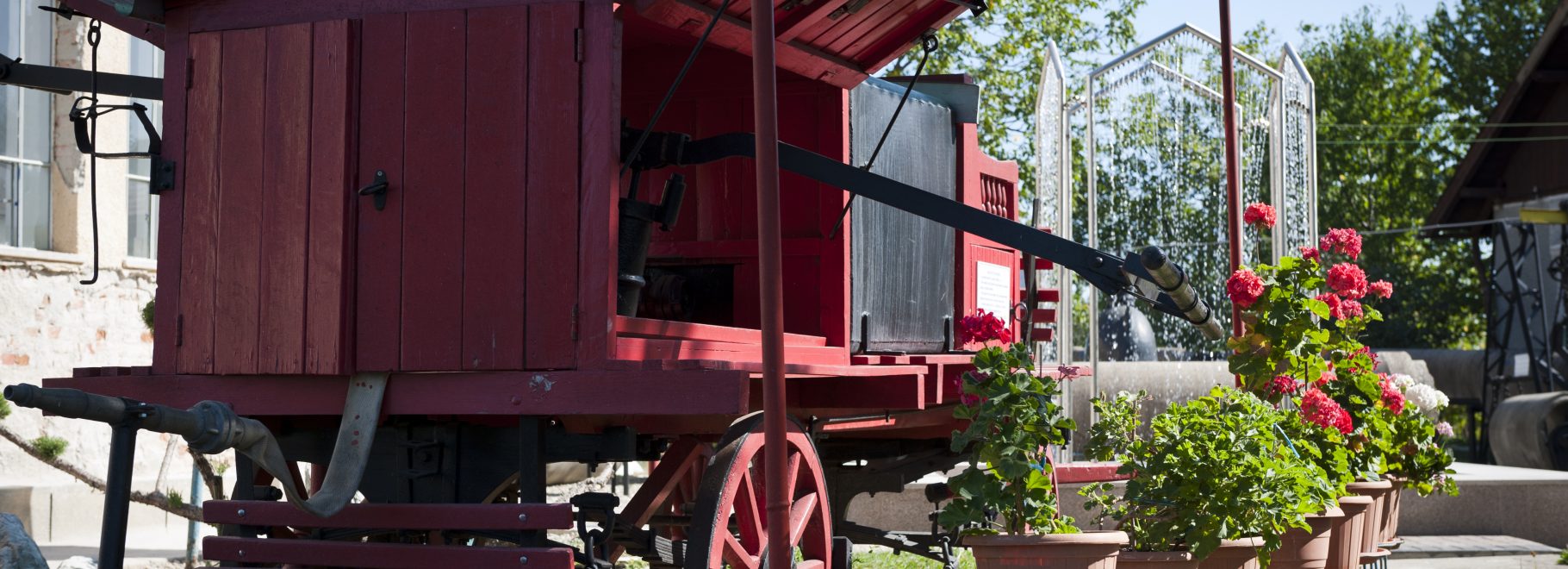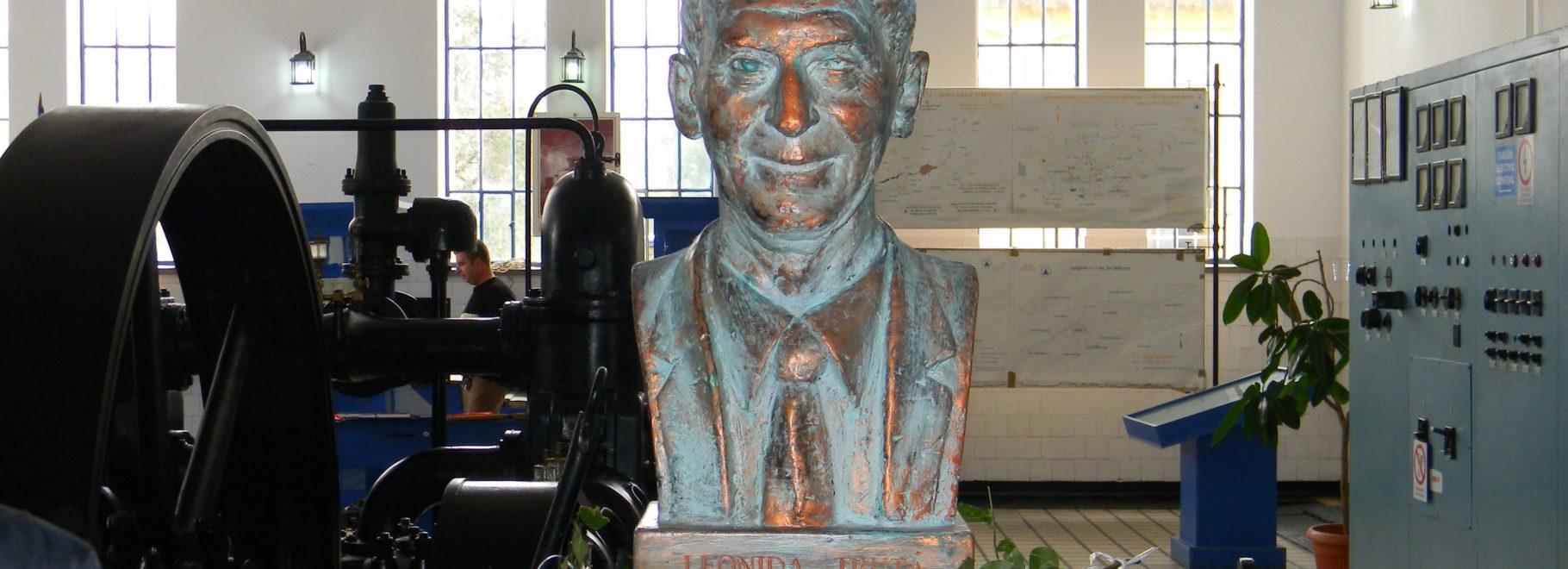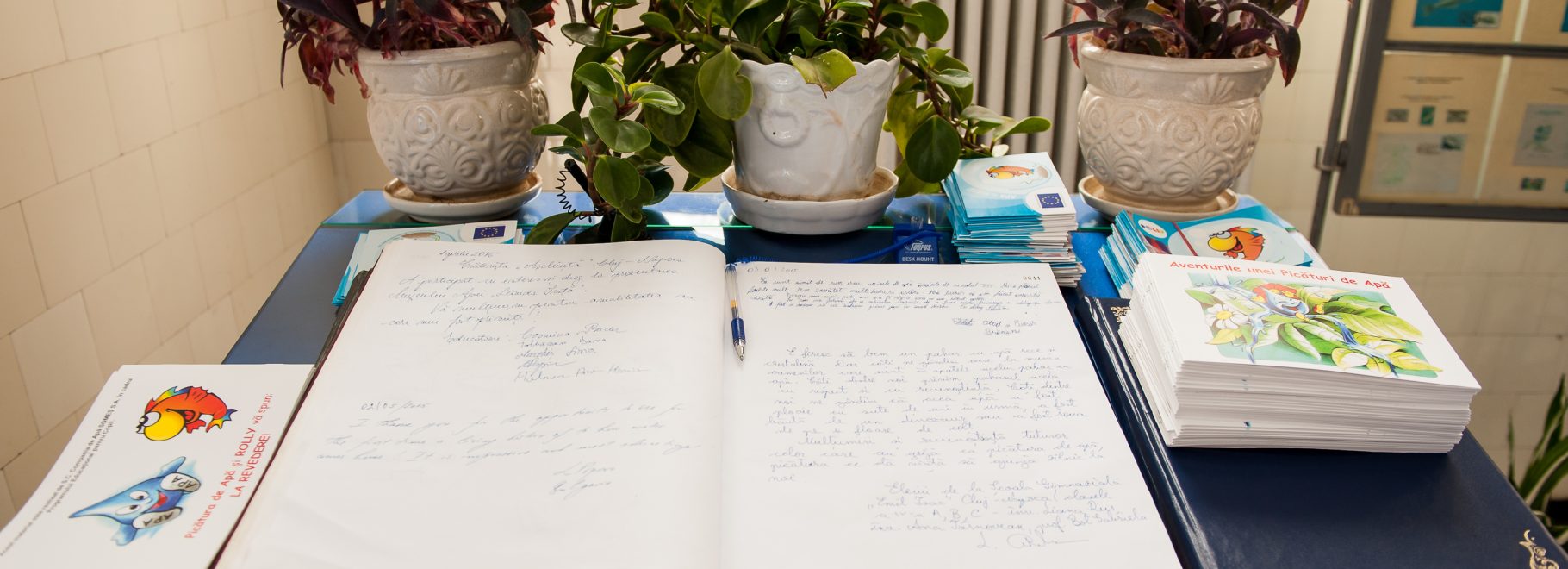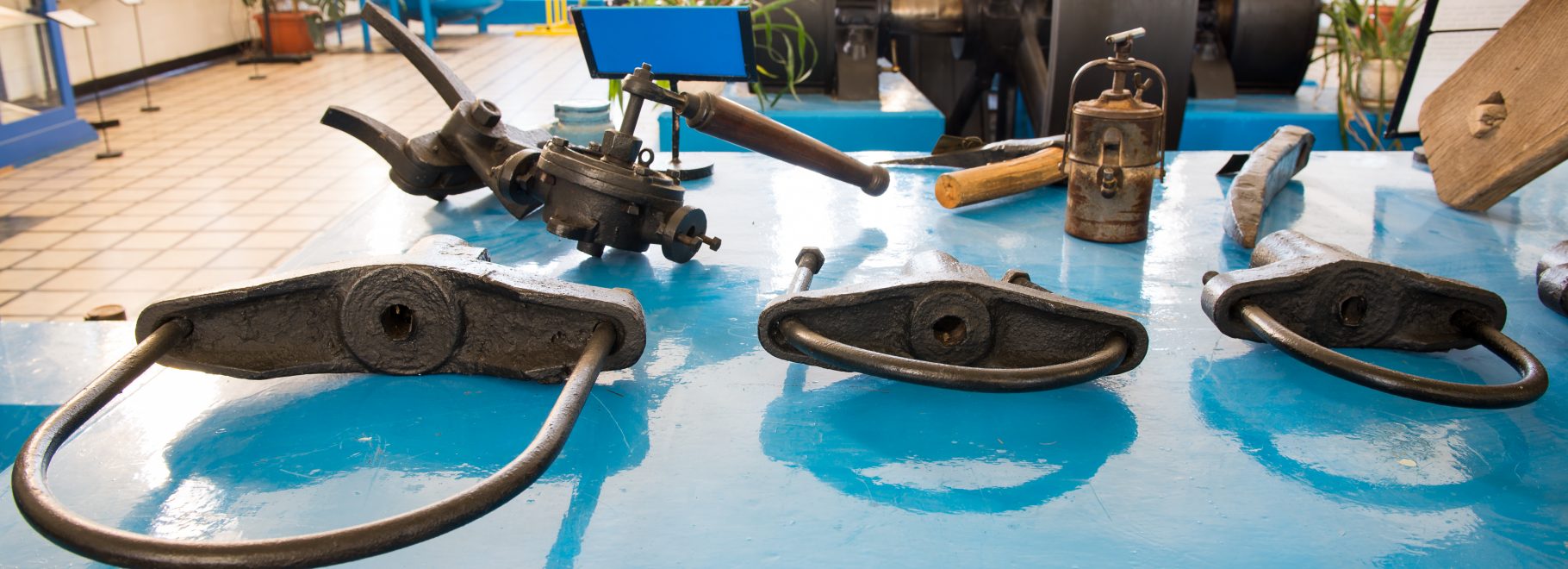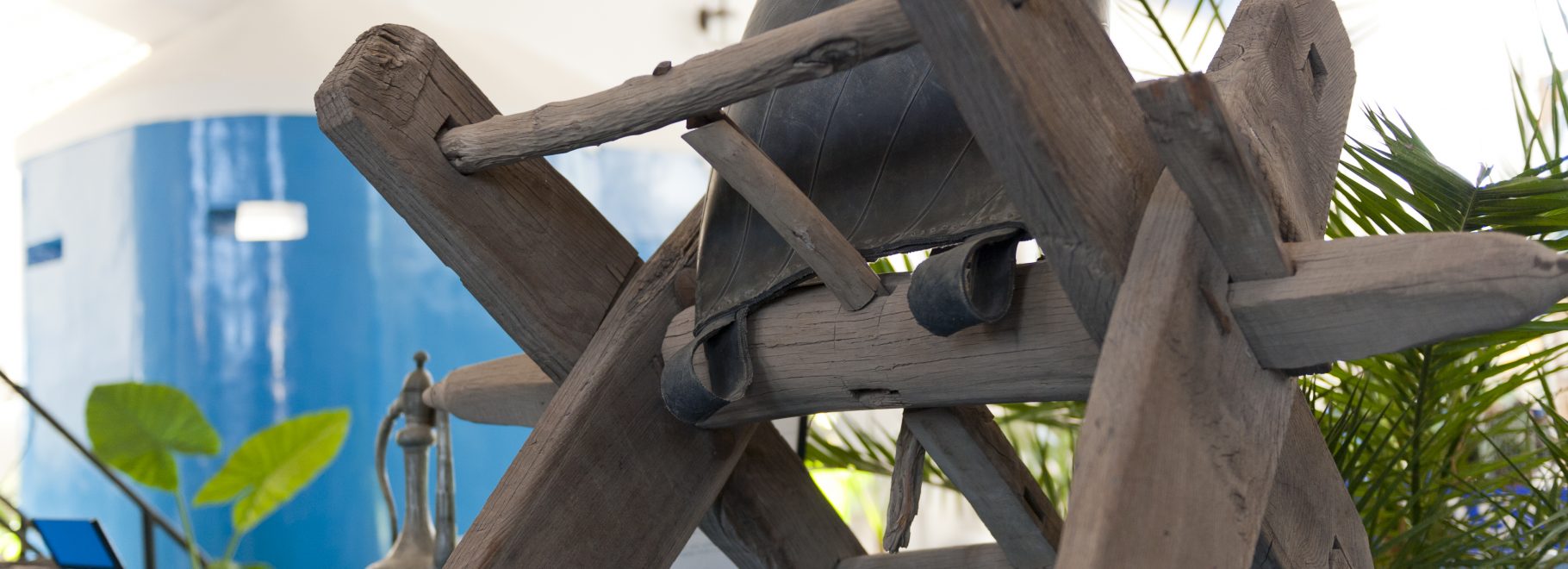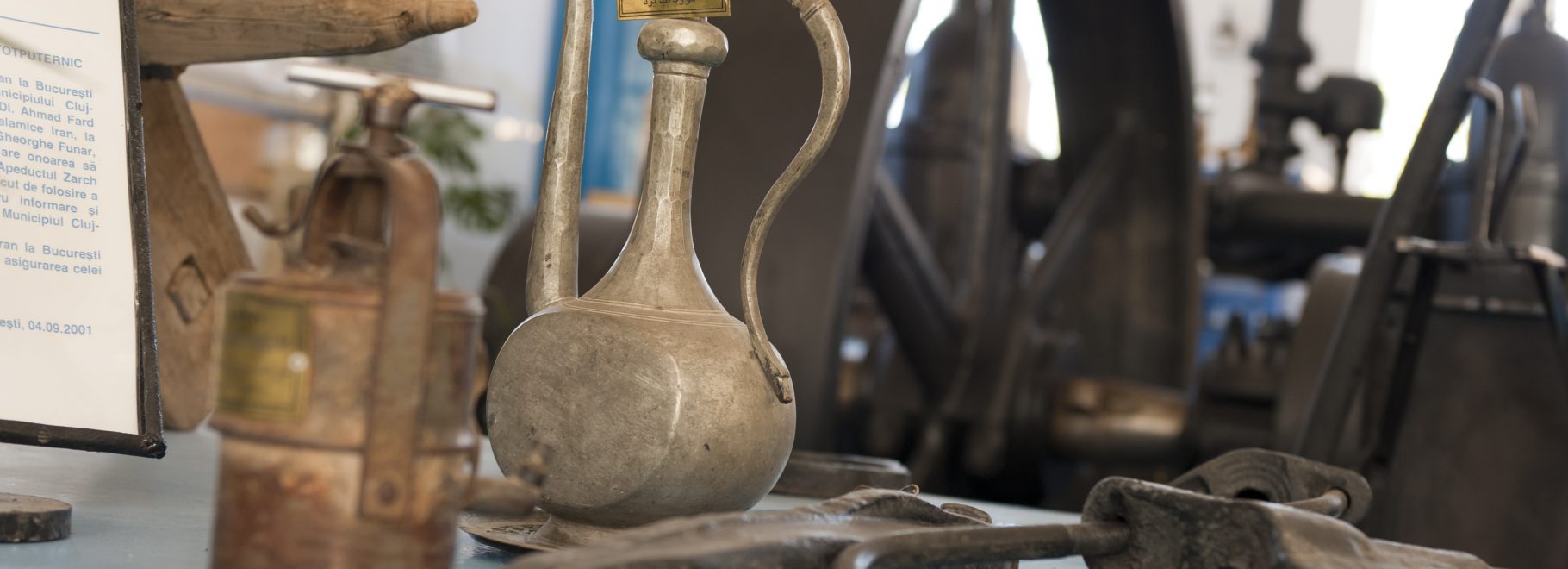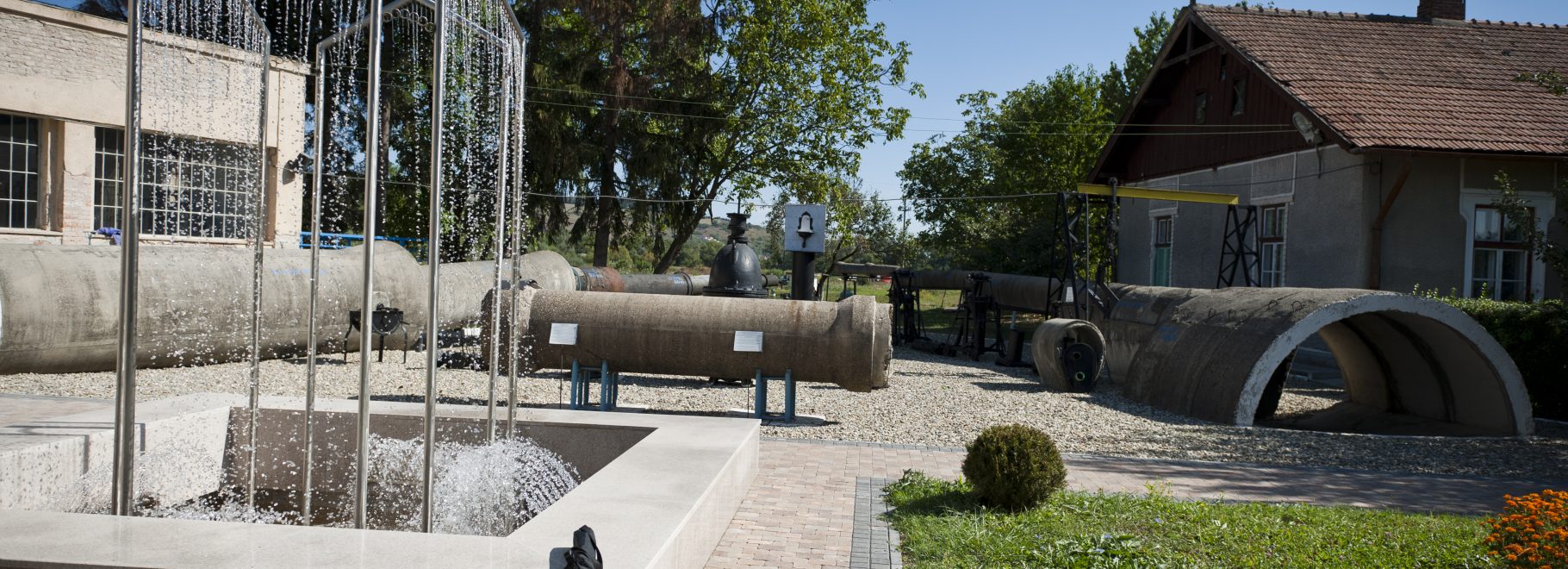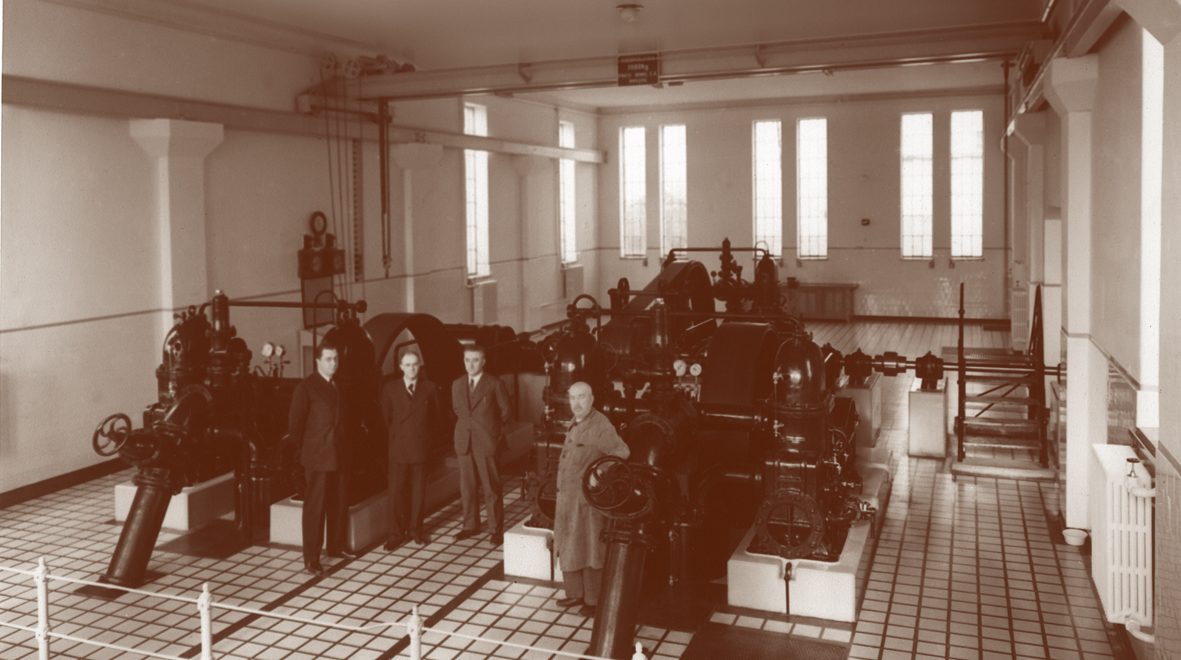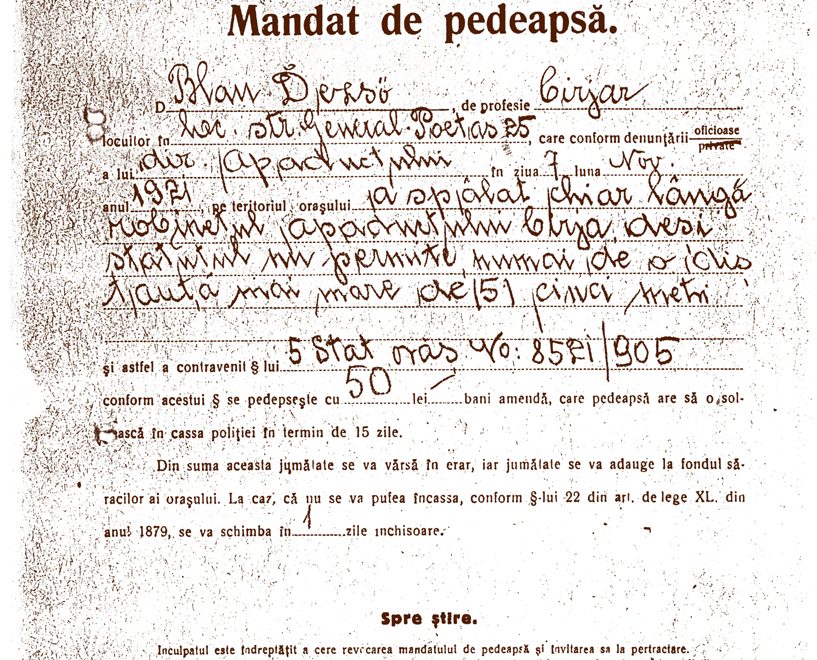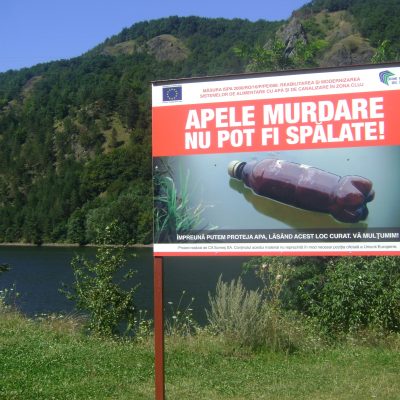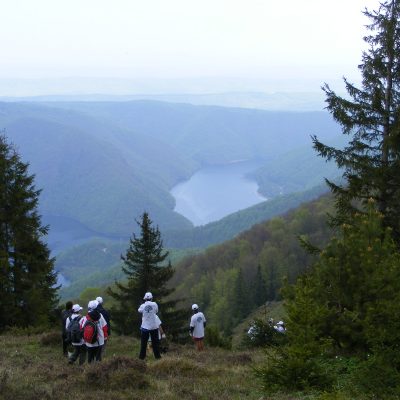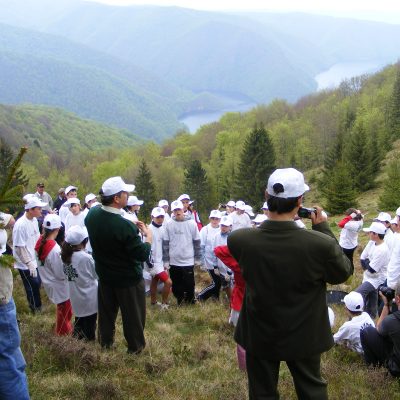“Leonida Truta” Water Museum – SOMES Water Company, Floresti, Romania
The Water Museum was established in 1992 by SOMES Water Company at the celebration of it’s centennial anniversary. It is among the few in the world dedicated solely to drinking water supply, as a tribute for the tradition of public water suply and as an educational tool for future generations. It was initially established in order to bring homage to all those working in the public water supply who along the centuries worked and made sacrifices so that the live giving droplet of water to reach the houses of their fellow citizens, and to raise awareness whitin the community about this tradition.
Since 2003 the Museum is mainly the “headquarter” for SOMES Water Company’s educational program for children and youth on issues of water sources protection and protection of the environment as a whole.
Yearly about 3,500 children, school pupils and students participate to the educational program at the Water Museum and other water/sewage infrastructure facilities (Water Purification Plant, Waste Water Treatment Plant etc) within the extra-curricula school periods called „Different school” as well as all year round.
The Museum also contributes to raising awareness among the adult population of Romania on environment related issues. It is one of the most visited local cultural objectives during events such as “The European Night of the Museums” (each May).
Private persons, adults and children, official delegations or tourists from 35 countries around the world already visited the Water Museum. Some, impressed with it’s goals, sent donations in items related to the water supply activity from as far as Norway, Iran or South Koreea.
The Museum has an indoor section displaying old artefacts related to the drinking water suply as far back as the Roman Empire, 18th and 19th century artefacts, documents, tools and machines used by the Water works employees within their daily activities, artefacts from other parts of the world such as drinking water transportation devices on camel back etc. The Museum has also two outdoor sections, one dedicated solely to manhole lids from many countries around the world.
Since 2012 the Water Museum was given the name „Leonida Truta” in honor of a veteran of SOMES Water Company who contributed essentially to its establishment.
Museum website: www.casomes.ro


